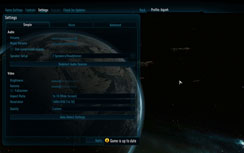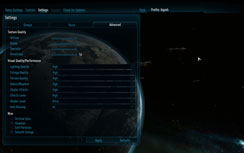HIS Radeon HD 3850 IceQ 3 TurboX 512MB
March 8, 2008 | 08:29

Enemy Territory: Quake Wars
Publisher: ActivisionBuilt on an updated version of id Software's Doom 3 engine, Enemy Territory: Quake Wars is a team-based first person shooter that recently obtained the title of being the first game to use John Carmack's megatexture technology: a single texture that spans the entire map.
ET:QW also makes use of many vehicles and large open areas which means the action in view can get really intensive in this team based shooter. It's also the only game in this suite that utilises OpenGL instead of the pretty much industry-standard DirectX API. We used the full retail version of the game patched to version 1.4.
We recorded a timenetdemo on the Valley level which lasts for several minutes during an online game - this used lots of the different graphical effects to create what we've deemed to be a fairly typical slice of action to stress the system. We also created a custom autoexec file that enabled ultra high video settings, over and above that of the standard in game "high", including soft particles, as ATI has now remedied the display corruption present with that option enabled.
What's interesting to observe in Enemy Territory: Quake Wars are the effects of the differences in core and memory speeds between the HIS Radeon HD 3850 IceQ 3 TurboX and the Radeon HD 3870. When anti-aliasing is disabled, the two perform pretty similarly at both 1280x1024 and 1680x1050, but then a significant gap appears once AA is turned on - the gap increases to 13 and 18 percent with 4xAA enabled at 1280x1024 and 1680x1050 respectively.
Nvidia's GeForce 9600 GT is faster than HIS's card in all scenarios tested, with the performance gap ranging from four to fourteen percent, depending on the resolution and settings. Meanwhile PowerColor's own factory overclocked Radeon HD 3850 512MB is typically less than one frame per second slower than HIS's card.

MSI MPG Velox 100R Chassis Review
October 14 2021 | 15:04










Want to comment? Please log in.